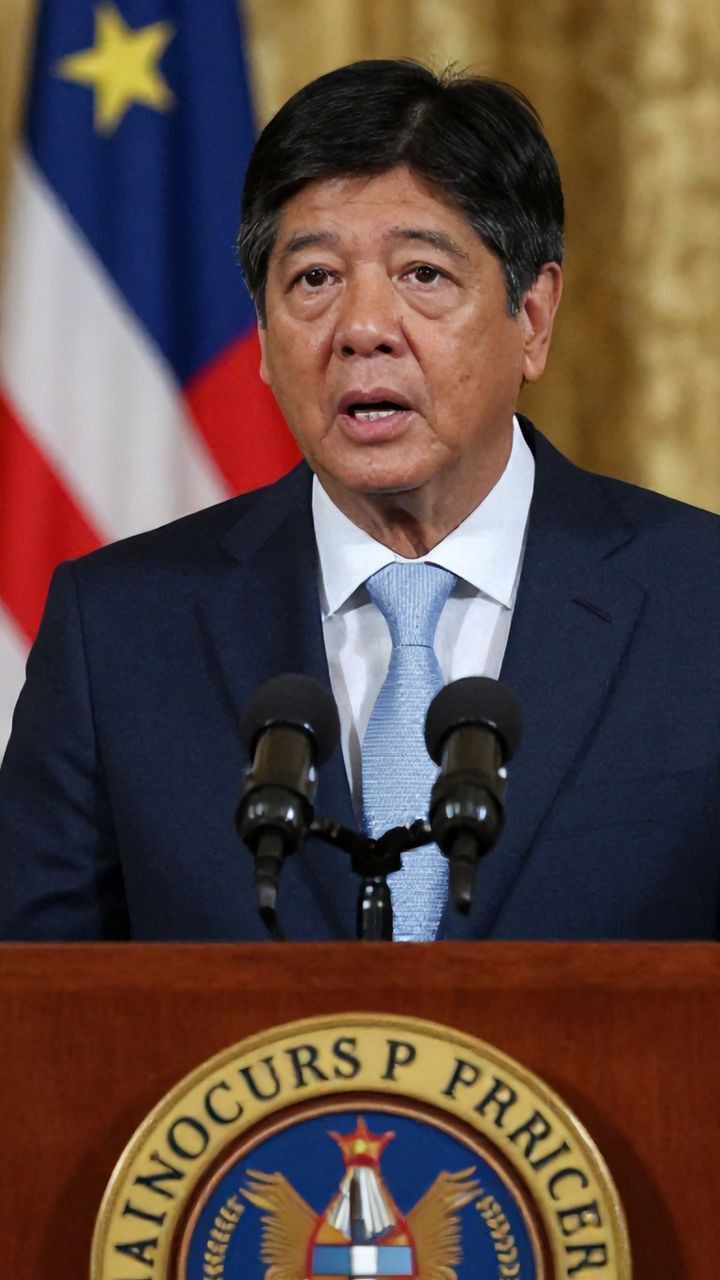
Dengue Fever Understanding the Challenges and Overcoming Them
Dengue Fever Understanding the Challenges and Overcoming Them
Dengue Fever Understanding the Challenges and Overcoming Them
As health authorities in the Philippines report an alarming surge in dengue cases in Luzon, it is crucial to grasp the complexities surrounding this growing public health concern.
The Current Situation
According to the Department of Health (DoH), nine local government units across Metro Manila, Calabarzon, and Central Luzon have seen a significant uptick in dengue cases. This trend is not only marked by an increase in affected individuals but also by the complexity of the issue itself.
Identifying the Vectors
Dengue fever is caused by a virus transmitted through the bite of an infected Aedes aegypti mosquito, the primary vector responsible for spreading this disease. As temperatures rise and precipitation patterns change, these mosquitoes thrive in urban environments, making it essential to understand their habits and habitats.
The Role of Human Factors
Human behavior plays a significant role in perpetuating dengue fever outbreaks. Poor waste management, inadequate drainage systems, and lack of public awareness contribute to the spread of this disease. It is imperative to address these human factors through education, community engagement, and targeted interventions.
Addressing the Challenges Strategies for Overcoming
To overcome the challenges posed by dengue fever, a multi-faceted approach that incorporates the following strategies is essential
1. Vector Control Effective mosquito management strategies, including larval control, adult mosquito elimination, and community-based initiatives.
2. Public Awareness Targeted education campaigns highlighting the importance of personal protective measures, such as using insect repellent, wearing long-sleeved clothing, and eliminating breeding sites.
3. Early Detection and Response Strengthening surveillance systems to detect outbreaks early, enabling timely interventions and reducing disease transmission.
4. Collaboration Building partnerships between government agencies, healthcare providers, community organizations, and the private sector to share knowledge, resources, and expertise.
Conclusion
Dengue fever is a complex issue that requires a comprehensive understanding of its environmental, social, and economic factors. By recognizing these challenges and adopting a proactive approach that addresses human behavior, vector control, public awareness, early detection, and collaboration, we can effectively combat this growing public health concern.
Recommendations for Fashion Designers
As fashion designers, it is essential to consider the impact of dengue fever on your work and life. Here are some recommendations
1. Design Eco-Friendly Collections Create clothing lines that incorporate eco-friendly materials and production methods to reduce waste and minimize environmental impacts.
2. Partner with Health Organizations Collaborate with health organizations to raise awareness about dengue fever and promote personal protective measures.
3. Create Educational Content Develop educational content, such as videos or blog posts, highlighting the importance of disease prevention and control.
By understanding the challenges associated with dengue fever and adopting a proactive approach, we can create a safer, healthier world for everyone.
Keywords Dengue Fever, Philippine Health Department, Vector Control, Public Awareness, Early Detection, Collaboration


